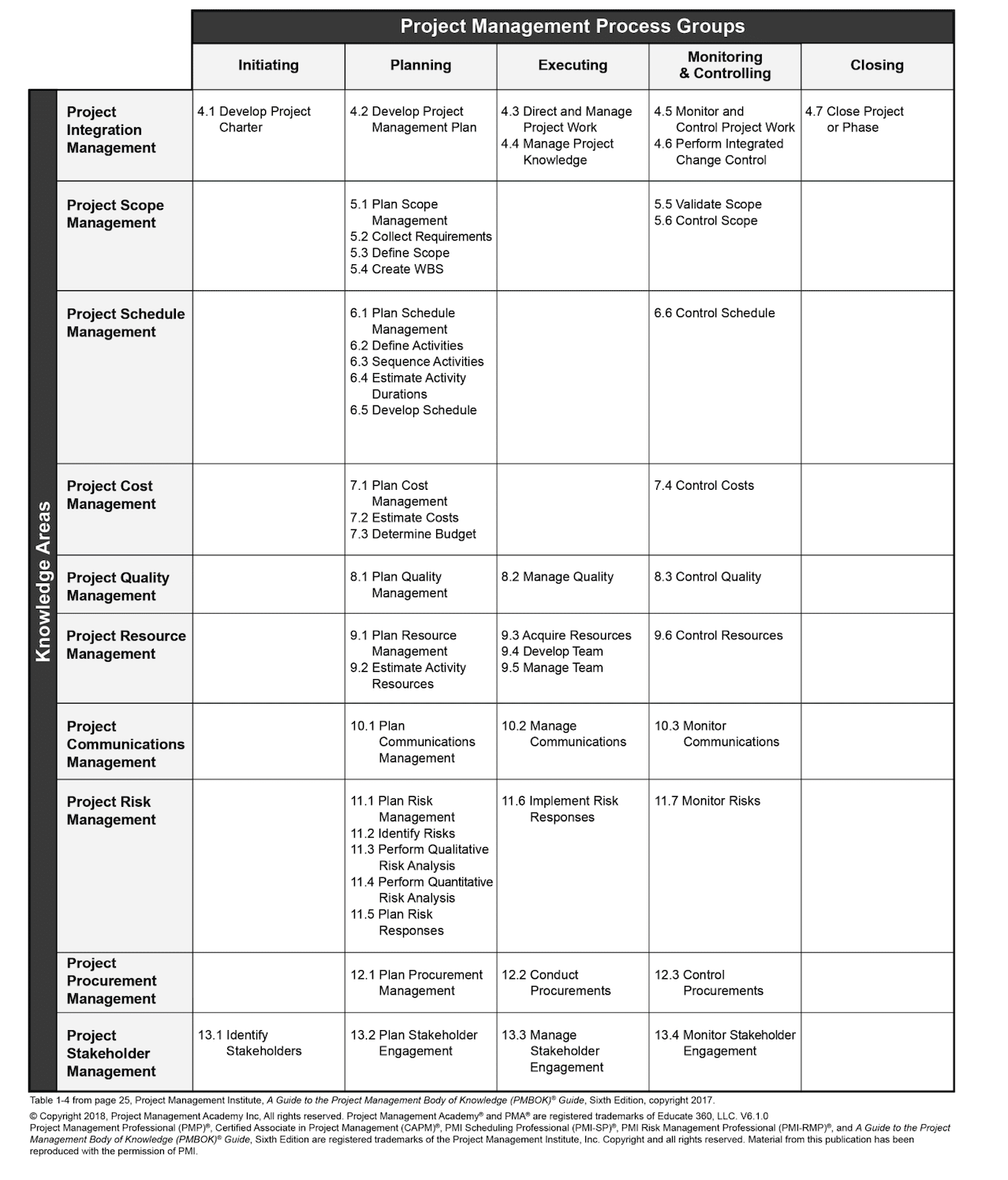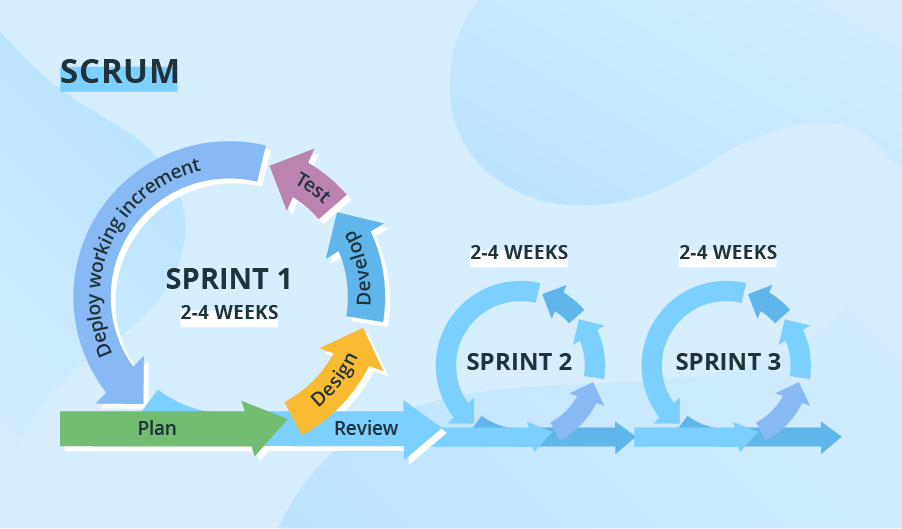Introduction to Project Management
Process Groups
Project management is a structured approach to navigating a project to achieve certain goals. The PMI (Project Management Institute) outlines five distinct process groups: Initiating, Planning, Executing, Monitoring and Controlling, and Closing. Understanding and effectively implementing these process groups can significantly enhance the chances of project success.
1. Initiating
The Initiating process group lays the foundation for the project. It involves defining the project’s goals, getting formal authorization, and identifying key stakeholders. This phase ensures that the project aligns with the organization’s goals.
In The Data Mine, this would look like creating/reviewing the project charter, signing the NDAs, and meeting with your project mentor to understand the goals and objectives of the project.
Importance: This phase is important as expectations need to be set and understood from the very beginning as they can make or break a project.
2. Planning
Planning involves developing a detailed roadmap for achieving the project’s goals. It includes defining the project scope, setting milestones, estimating costs, and planning for risks and communications. This process group emphasizes the importance of thorough planning to prevent chaos during execution.
In The Data Mine, planning involves creating a Team Contract to set rules, regulations, and expectations on how the team would work together. Additionally, during the agile sprint planning phase, which occurs at the beginning of every sprint, goals are moved from the product backlog to the sprint backlog.
Importance: This phase is important as it aids in preparing for challenges/conflicts and adds structure to the project.
3. Executing
The Executing process group is where the project work is carried out. It involves coordinating people and resources to produce the project deliverables. Effective team management and stakeholder engagement are critical here.
In The Data Mine, the scrum master is your Corporate Partners TA, and your product owner is your Corporate Partners Mentor. The TA is the bridge between the mentor and the team, meaning they need to direct the team by collecting and providing resources and communicating the mentor’s project expectations to the team. There must be strong communication and collaboration between the team, the TA, and the mentor.
Importance: The lack of strong communication between the team, TA, and mentor would lead to a lack of vision/perspective on project goals and objectives.
4. Monitoring and Controlling
The Monitoring and Controlling process group involves tracking the project’s progress and making necessary adjustments to stay on track. It ensures that project objectives are met by comparing actual performance with the plan and implementing corrective actions as needed.
In The Data Mine, during the sprint review, the team discusses whether the tasks worked on during that sprint can be marked as complete or whether to move them back into the sprint backlog. In the sprint retrospective, the team reflects on the sprint to understand areas of improvement and areas of success.
Importance: Periodic reflection is crucial as it helps assess whether the team’s progress and outcomes align with the mentor’s expectations and overall project goals.
5. Closing
The Closing process group ensures that the project is completed properly. It involves formal acceptance of the project deliverables, releasing project resources, and documenting lessons learned.
In The Data Mine, all teams are required to work on documentation throughout the year. Each team also has a documentation manager to make sure everyone on the team is on track with their documentation.
Importance: Documenting your work is essential because it allows the product owner to access, review, and utilize the information both during and after the project, ensuring continuity and facilitating knowledge transfer.

In closing, implementing these five process groups diligently can significantly enhance project success. This creates a structured approach that helps manage complexity and uncertainty.
Common Models
Waterfall
The Waterfall model is a sequential project map that relies on stages for software development. Each of the stages (analysis, design, coding, testing, deployment), are followed in a strict order with teams ensuring that each stage is complete before moving to the next. Each successive stage relies on information of the previous.
Projects are often developed slowly and at a high cost in this model, but it may be ideal for projects with strict regulations, budgets, and timelines (governmental or healthcare projects).

Agile
Agile is a an iterative and incremental approach to project management and is common in software development. Agile uses short 2-4 week cycles for development and produces consumable updates at the end of each cycle.
Agile is great for accommodating projects that are changing regularly and need early consumer feedback.
Specifically, Agile follows this manifesto:
-
Individuals and interactions over processes and tools
-
Working software over comprehensive documentation
-
Customer collaboration over contract negotiation
-
Responding to change over following a plan
Within Agile, there are also common subtypes that assist with implementation. Those subtypes include scrum, extreme programming (XP), and kanban.
In this module, we will review the key components of Scrum and Agile and see how The Data Mine implements these strategies.

Hybrid
|
content to be added |
Sources
-
The five traditional process groups explained. Project Management Academy. (2024, August 2). projectmanagementacademy.net/articles/five-traditional-process-groups